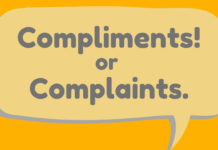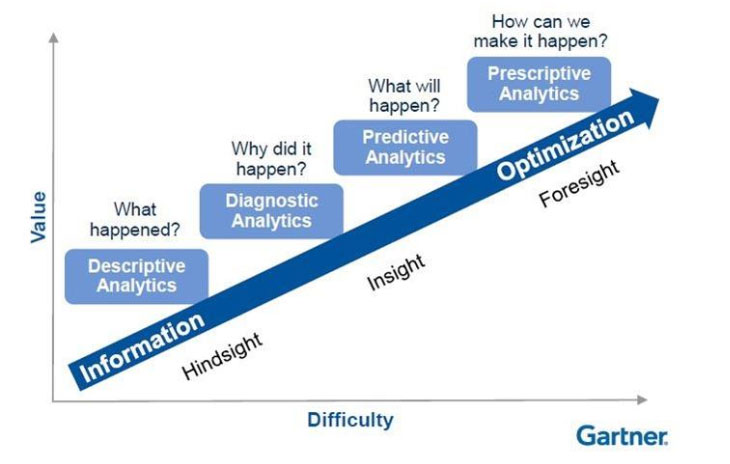This is the most asked question I get from all new website owners. “i was just wondering if i can have it flashing when you type in the URL? but i also need you to tell me if that is cool coming from your professional experience? “
Let me share some of my ideas and some ideas posted by Matthew Inman. This discussion got very popular in early 2004 when splash page design seem to be the thing to do in website design and now in 2009 we are still discussing this despite the fact that web2.0 has taken over the market place and splash pages are so out of style.
Splash pages are the pages that the user sees before they actually get to a website; typically, they’re flash and offer some kind of introductory animation. The user clicks “Skip Intro” or “Enter Site” and from there is taken to the site.
Most users immediately click “skip intro”
Pretty much everyone I’ve spoken to on the subject of splash pages always admits to immediately clicking “skip intro” before watching the animation they’re presented with. Newfangled did some digging into their access logs and had this to say about their findings:
The number one reason for getting rid of our splash page was that it turned away at least 25% of our site visitors, sometimes more. This percentage has actually been researched and it turns out that at least 25% of site visitors will immediately leave a site as soon as they see a message for a Flash splash screen (even if there’s a ‘skip intro’ link). Our access logs confirmed this for us and this over all the other reasons caused us to get rid of it. The opportunity to improve our creativity was not worth the loss of such a high percentage of visitors.
Straight from the horses mouth
I found a great quote on MarketingSherpa from Jared Spool of User Interface Engineering at Macromedia. When asked, “Flash intros, good or bad?”, this was his response:
When we have clients who are thinking about Flash splash pages, we tell them to go to their local supermarket and bring a mime with them. Have the mime stand in front of the supermarket, and, as each customer tries to enter, do a little show that lasts two minutes, welcoming them to the supermarket and trying to explain the bread is on aisle six and milk is on sale today.
Slower connections will have to wait for the page to load
Dialup users are basically screwed (SCREWED!), especially if the skip button isn’t readily available.
“Click to Enter” is redundant
By visiting your site they’ve already agreed to enter, why do they have to do it again? It’d be like opening the door to a store only to find another door that says, “haha, just kidding. Open this door to enter for reals this time.”
Minimizing steps
You want to minimize the number of steps involved in reaching your offerings. Having an extra click from a splash page does not align with this idea.
Content from the splash page can probably work inside the home page
Most of the time the splash page can be trimmed down and worked into the homepage of the site. This is an effective compromise with the client because they get to keep whatever idea they were trying to promote but aren’t necessarily forcing it on the user. It also wraps the content from the splash page in a uniform navigation (which is good usability).
A great example of this is Adobe’s website.
Uniform navigation – For The Win
Most splash pages don’t have the same primary navigation as the rest of the site; some even drastically change the design when you go from the splash page to the real site. This is confusing to users who respond best to navigation that is persistent. Splash pages also enforce the idea that they are visiting two separate sites.
Search engines will spider the splash page instead of the real content
Search engines look at the text on a page to determine what the page is all about. If your page is entirely in flash or some other kind of multimedia, chances are the search engines won’t be able to spider any text on it. This will result in both you not ranking for the terms you want and the spidered page having a description next to it in the search results that says something like “Click to Enter.” Examples include: accuplacer.com johnellis.com reachmediatv.com. A search at Google for “Click to Enter” or “Skip Intro” reveals many sites that have non-descriptive text associated with them due to their use of splash pages. These results aren’t likely to get clicks.
Client: “So use a flash intro but stuff text in the meta keywords tag”
Search engines stopped caring about meta keyword tags a long time ago–it’s all about what’s actually on the page now.
Client: “So use a flash intro but hide keywords in the page”
Search engines can figure this out and you can get banned for it.
From Google’s Webmaster Guidelines:
Make pages for users, not for search engines. Don’t deceive your users or present different content to search engines than you display to users, which is commonly referred to as “cloaking.”
Search engines won’t be able to spider beyond the splash page
If your splash page is done entirely in flash or with some other kind of multimedia plugin, the search engines might be unable to spider your content and your content will be absent from the search results.
Back to FAQ index Page
Stephen Choo Quan
Sharing is Caring. Thanks for reading and Sharing ❤
Follow me On: Instagram | Facebook | Linked in
Subscribe for monthly Inspiration










